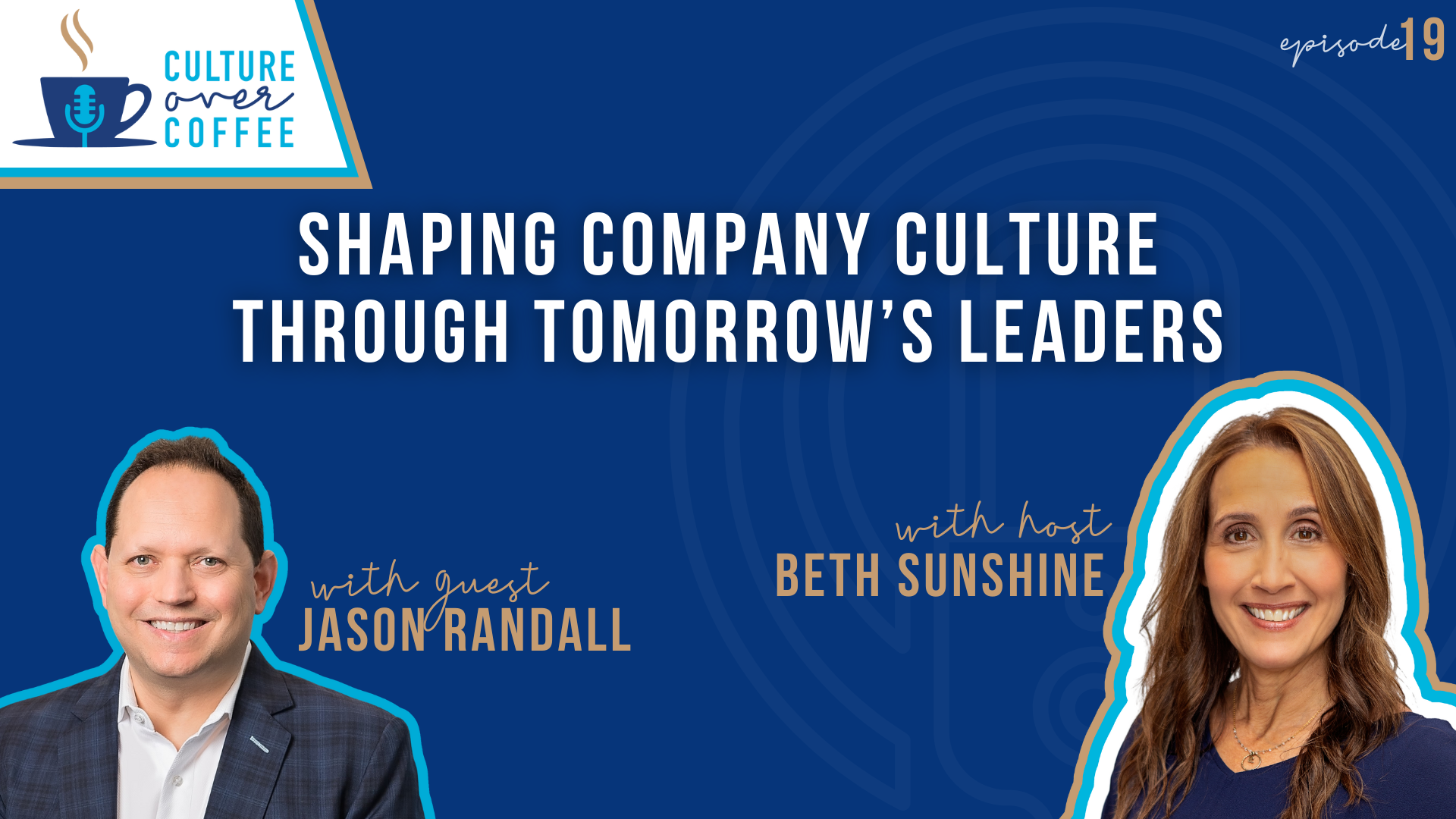
In this episode, we’re kicking off our season-long focus on the role that company leaders play in nurturing a solid culture of engagement.
Throughout our fourth season, you’ll hear from leaders in various industries who truly embody the fact that a great company culture starts at the top. Today, Beth is joined by the amazing Jason Randall, CEO at Questco, who is here to help break down how to shape the future of your company culture by developing tomorrow’s leaders. Jason brings so many amazing points to the table, like:
Why, no matter how positive of a message your company transmits, if your culture isn’t authentic, you won’t be fooling anyone.
How everyone has a role to play in nurturing a company’s culture, but it’s up to leaders to continuously shine a light on what that culture should look like.
And, finally, why new leaders in the company should be trusted and empowered to make their own decisions.
Episode Highlights
Defining the Ideal Culture
When asked for 3 to 5 words that would describe an ideal company culture, Jason offers:
- Authentic
- Empowering
- Empathetic
- Data-driven
- Decisive
“If you're embodying those qualities,” he says, “You’re probably on the path to a really good, productive, healthy culture.”
However, Jason also emphasizes that there's no “one-size-fits-all" ideal culture for every organization. Culture should align with an organization's goals and purpose.
He says, “What might work for a school may not work for a creative agency or a military contractor, based on what the organization is looking to accomplish and how the right culture sort of emerges from those business needs.
The Role of Leaders in Shaping Culture
According to Jason, leaders must actively promote and embody the company's culture for it to be authentic and successful.
“It's essential for leaders of all levels within an organization, and most definitely the senior-most leaders, to really embrace culture,” Jason says. “It’s not something to overcome or to tolerate, but instead to actively promote.
“Said another way, think of the opposite. If our leaders are not behind the culture that is talked about, it isn't authentic. You're not going to fool people. It will not be successful.”
“Culture...is a way to scale humanity, right? And, thus, scale the impact of the individual. That is a vital, essential link across any company.
“So, the senior leaders and leaders throughout the organization need to live that, embody that, and embrace that to be successful.”
How to Set Future Leaders Up for Cultural Success
“I would hold that beliefs drive behavior,” Jason says. “And that's one of the reasons why culture is so important, right?
“So, it has to be said as often as possible, by as many as possible, ‘hey, this is what we stand for, what we're all about, and here's why it's important.
“It's great to have a culture for its own intrinsic human benefit, but culture is actually more than that. There's a business purpose to it.”
“But define why it’s essential for people. So, then, how do you grow? You start with that fundamental understanding and then you give opportunities to demonstrate these values. Right? You continue to emphasize that.
“I might not have learned it in school, but I can see it practiced every day. I can see it reinforced, rewarded, incented and recognized. And there is no grand gesture that makes a culture happen. It's everyday behaviors, consistently over time, in an aligned fashion, that will make a culture come to life.
“That's how you can pass it on and get leaders into that aligned set of beliefs.”
Identifying Future Leaders
Jason offers that giving employees new chances to succeed is one of the best ways to spot future leaders.
He says, “So, first of all, give an environment of safety. Take incremental chances on a human being to do, say, accomplish [new goals].
“Maybe it starts with anything from a t-shirt design to planning an event to owning an initiative with rather minor stakes.
“Give feedback, allow a stumble, allow many stumbles, because that is how we learn and, in fact, I think a healthy culture would really embrace failure. Contain [the failure], but give that person an opportunity to create future growth.
The Power of Diverse Perspectives
Diverse perspectives and backgrounds can lead to innovation and better problem-solving. When Beth points out that hiring for “culture-fit” is often misconstrued as hiring individuals who are “exactly like us,” Jason highlights the importance of that distinction.
“I believe that diversity in every context, including diversity of perspective, is so critically important,” Jason says. “But it's about how you disagree and how you raise differences and succeed together.
“I'd even take it further and say that, to the extent that everybody looks, sounds the same, agrees with each other, you're probably losing a lot of value because there's a homogeneity of perspective there that is inherently limiting.
“I love that, at Quesco, we have a variety of racial backgrounds and geographic backgrounds and professional backgrounds mixing, that we can have contrasting viewpoints and get something better accomplished because we bring those to the table.
“That is a very different concept than saying misaligned culture.
“We want divergent perspectives to come together with a shared sensibility, that's when really magical things happen in an organization.”
Start by Defining Your Culture
If Jason had to give one key recommendation, it would be: Define your company's culture and values clearly.
“You have to start by defining what a good culture looks like,” Jason says. “The world is full of best places to work awards. We have a whole bunch of them in a, in a trophy case ourselves. But the best place to work for your people is different than the best place to work for mine.
“Define what that looks like at a very detailed level and then a very succinct level so you are defining the target, because without that you will have very little chance of achieving it.


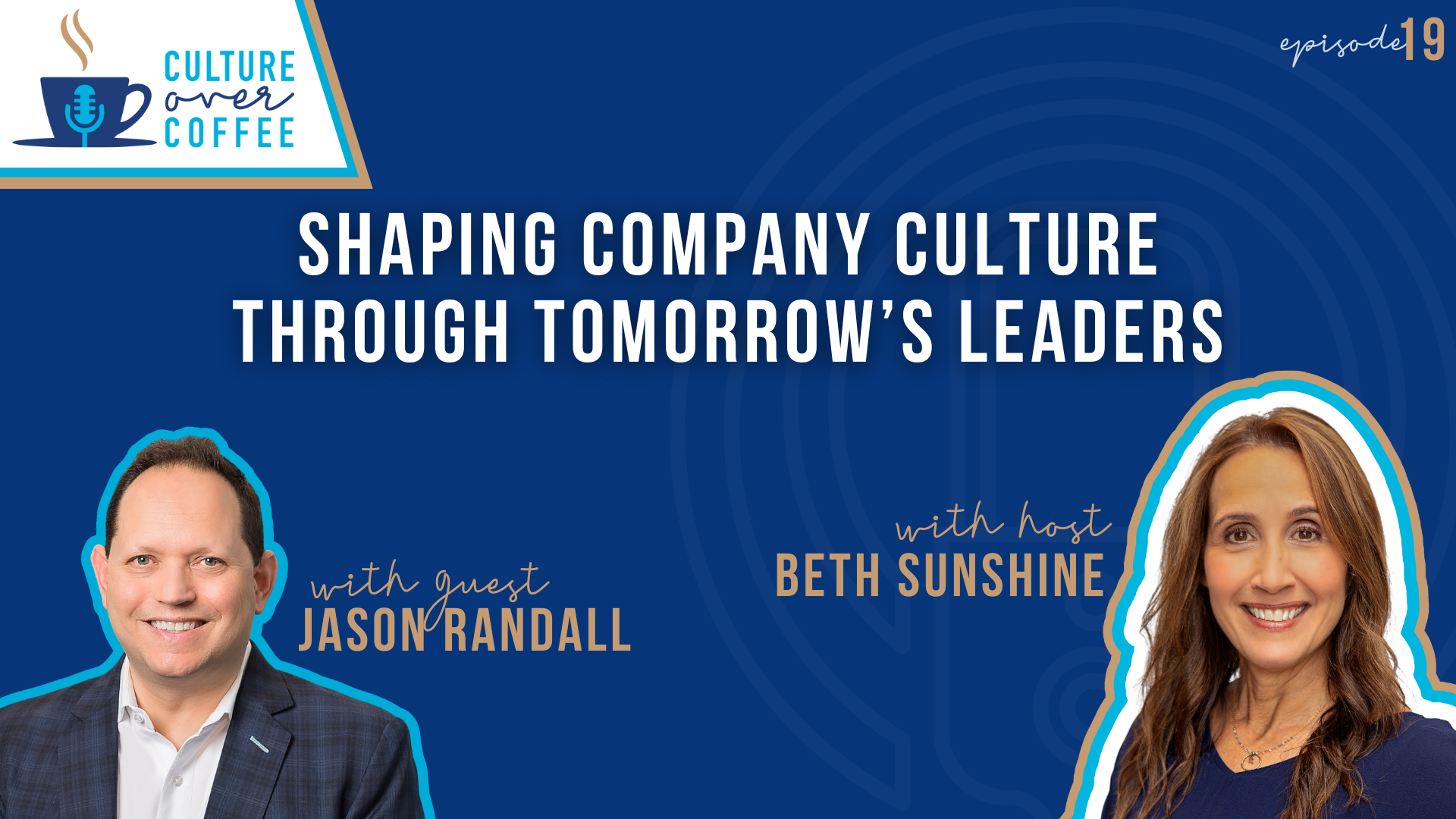




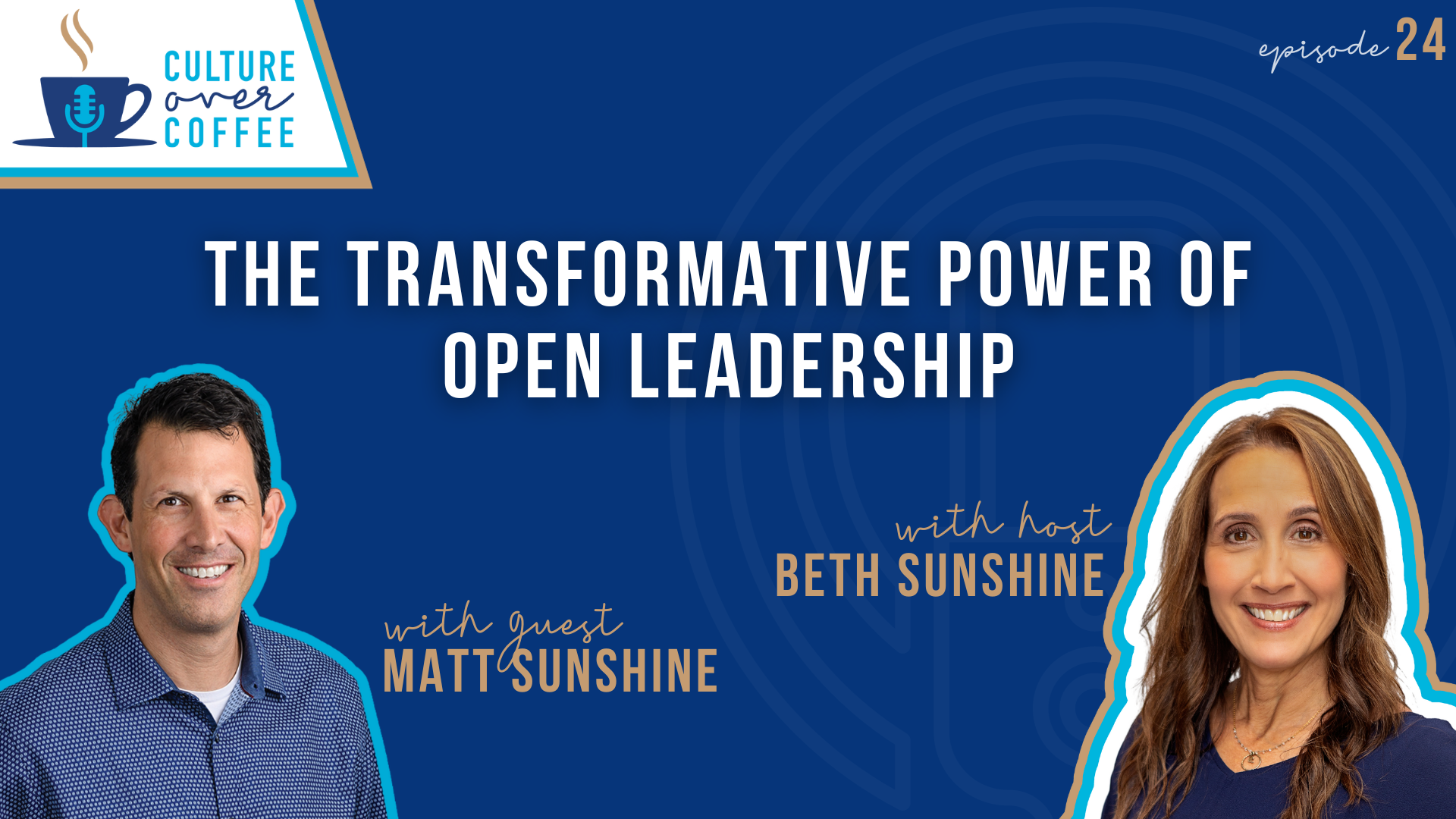
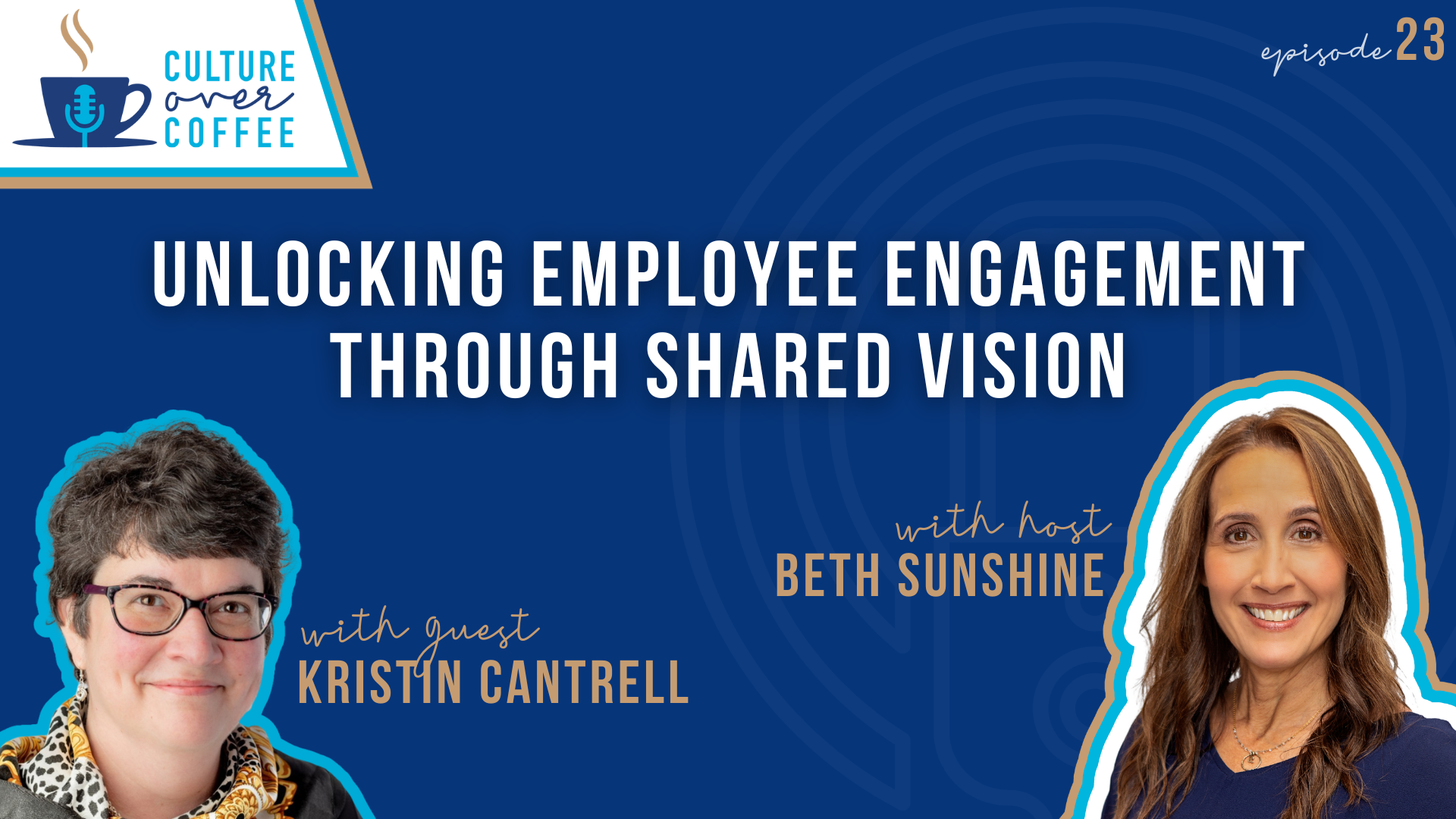
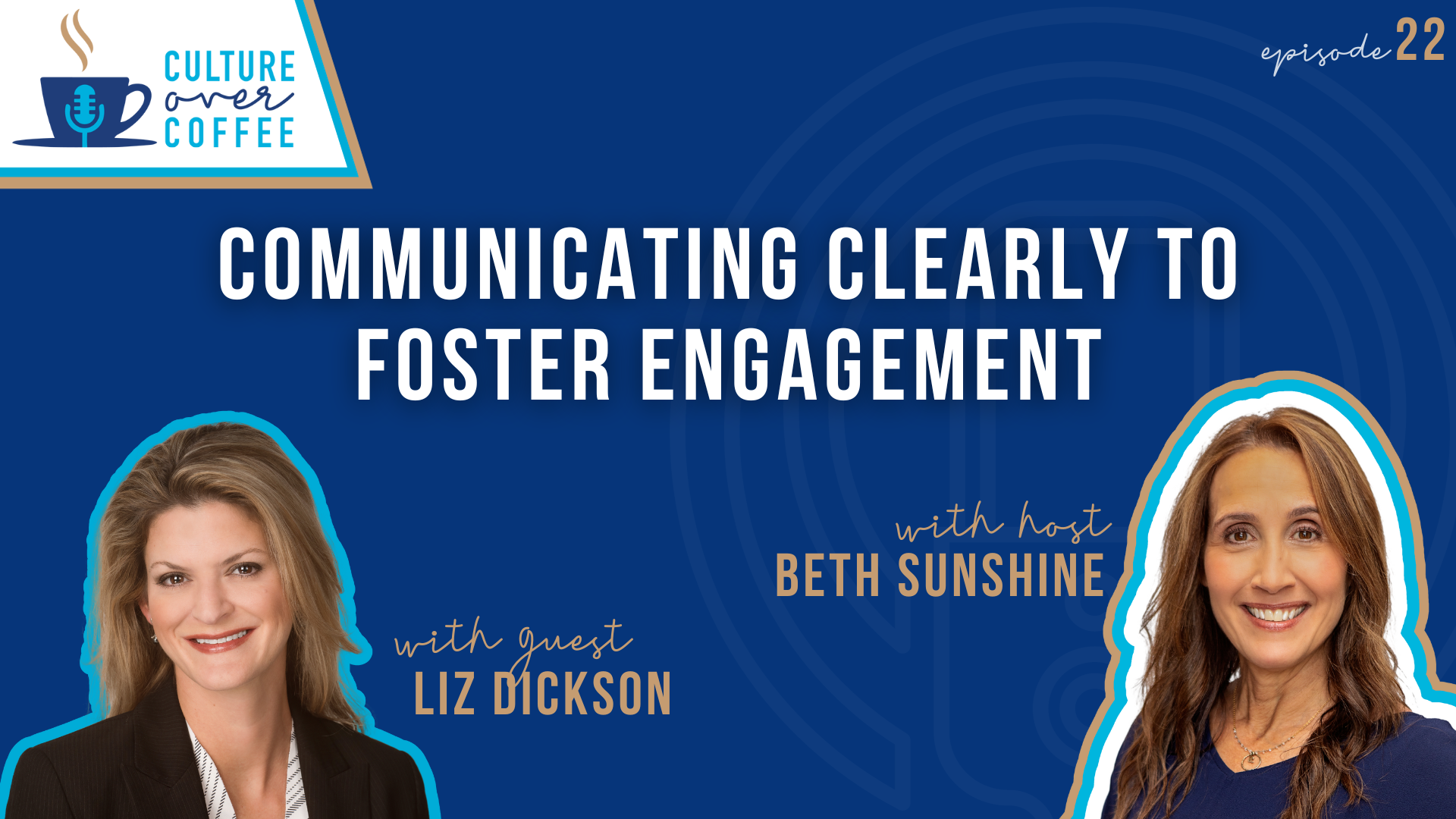

Leave a Comment